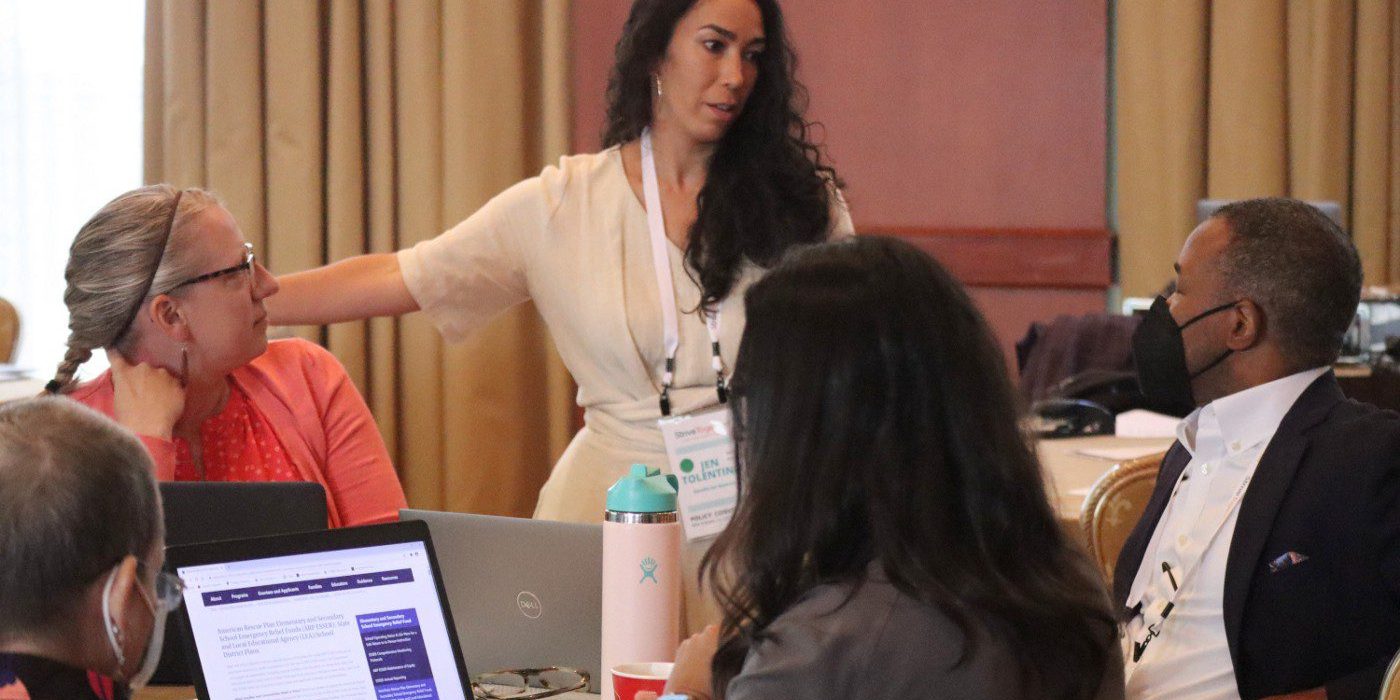Just as building materials are the core of physical infrastructure, trusting relationships are at the heart of civic infrastructure. Like the roads and bridges of physical infrastructure, civic infrastructure holds a community together and allows it to grow and thrive. Unlike physical infrastructure, though, civic infrastructure is the connections and structures that we can’t see — like collaboration, goal setting and data sharing.
Civic infrastructure joins leaders from across a community — from education, business, health care, housing, philanthropy and more — to work collaboratively, using data, to improve outcomes for children and families. It makes it possible to change systems by shifting practices, policies, resources and power structures. But none of it works without deep partnerships.
Why are trusting relationships so crucial to civic infrastructure? Working together across programs and organizations is complex, difficult and vulnerable. Partners have to share their thought processes, be open to new ideas and make joint decisions instead of going it alone. This kind of meaningful work — which is different from simple collaboration — requires trust.
For more than a decade, communities across the country have been developing their civic infrastructure with the foundation of strong connections with partners. From these Cradle to Career Network members, we’ve learned insights around building the trusting relationships that make this work possible.
The core components of building civic infrastructure — a shared vision, meaningful collaboration, consistent communication, sustainability and effective data use — all contribute to establishing and maintaining trust. Read the full post on Medium to dig into what these steps look like and how we’ve seen them at work in communities across the country.






